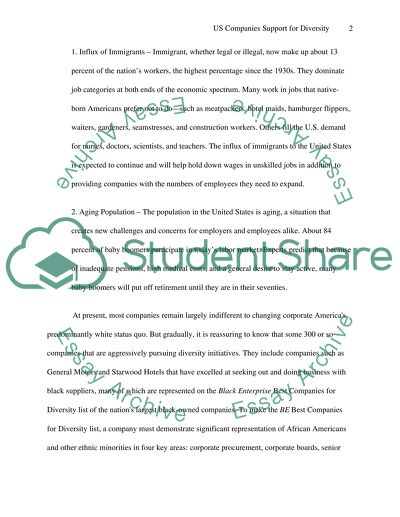Cite this document
(Changing Workforce Demographics Case Study Example | Topics and Well Written Essays - 1588 words, n.d.)
Changing Workforce Demographics Case Study Example | Topics and Well Written Essays - 1588 words. Retrieved from https://studentshare.org/human-resources/1536478-discuss-the-changing-workforce-demographics-in-american-businesses
Changing Workforce Demographics Case Study Example | Topics and Well Written Essays - 1588 words. Retrieved from https://studentshare.org/human-resources/1536478-discuss-the-changing-workforce-demographics-in-american-businesses
(Changing Workforce Demographics Case Study Example | Topics and Well Written Essays - 1588 Words)
Changing Workforce Demographics Case Study Example | Topics and Well Written Essays - 1588 Words. https://studentshare.org/human-resources/1536478-discuss-the-changing-workforce-demographics-in-american-businesses.
Changing Workforce Demographics Case Study Example | Topics and Well Written Essays - 1588 Words. https://studentshare.org/human-resources/1536478-discuss-the-changing-workforce-demographics-in-american-businesses.
“Changing Workforce Demographics Case Study Example | Topics and Well Written Essays - 1588 Words”, n.d. https://studentshare.org/human-resources/1536478-discuss-the-changing-workforce-demographics-in-american-businesses.


